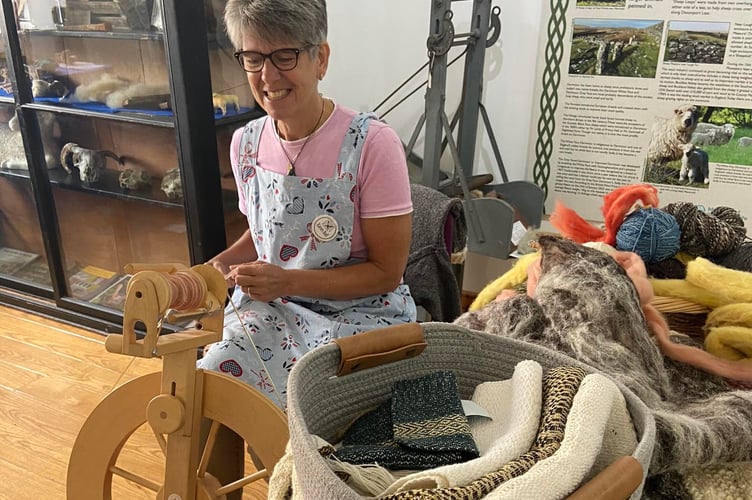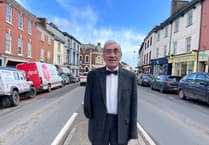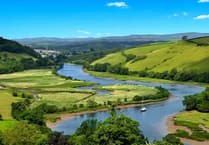A NEW exhibition promoting rural crafts has brought an influx of visitors with a newfound interest for clothing design to the Museum of Dartmoor Life in recent weeks.
The exhibition — named Dyeing on Dartmoor — was made possible with the help of a four-figure grant from The Royal Society’s Places of Science project and allows visitors to learn more about the significant influence the wool trade has had on Dartmoor life, exploring how local plants and minerals were used to fix and dye animal skins, yarn or fabrics many years ago and how they are used in designing garments today.
The exhibition, which will be continuing through to November, is also welcoming special guests for the first time, who are demonstrating a range of crafts such as spinning, weaving, knitting and dyeing for all those who visit to learn from and enjoy.
Guests who have attended the museum have included Karen Ball (pictured right in action), a part of the Devon Guild of Weavers, Spinners and Dyers. She uses yarn to weave, knit and crochet and was spinning wool on Tuesday this week at the museum. Meanwhile three women who are part of the Devon Feltmakers will today (Thursday, July 27) be demonstrating the many different aspects of feltmaking.
Funding from the society has also allowed for Wool Walks on Dartmoor, exploring the history of sheep and importance of the wool industry on Dartmoor, walking from Dunnabridge to Laughter Tor. The walks have been hugely popular, with the next on Saturday, August 6 already booked up with a waiting list.
The museum has also worked with the Chagford Memory Cafe, knitting squares using wool sourced locally and naturally dyed, which are now being made into a blanket to go on display in the museum in the near future.
Kristy Turner, manager of the museum and curator of the Dyeing on Dartmoor exhibition, said: “The exhibition has generated a really positive response from both locals and holidaymakers whom we have welcomed equally. It’s also brought many other people here who haven’t been before, sparking interests.
“People don’t aways think about clothing or the process behind its creation; but they’re naturally very intrigued when they come here, learning things such as the colours you can draw from wild flowers which can be used as dyes. These old crafts are having a revival. It’s hopefully a movement against fast fashion, with consumers seeking quality clothing that will last them a lifetime.
“The exhibition is also promoting local makers using natural dyes against syntehtic ones.”




